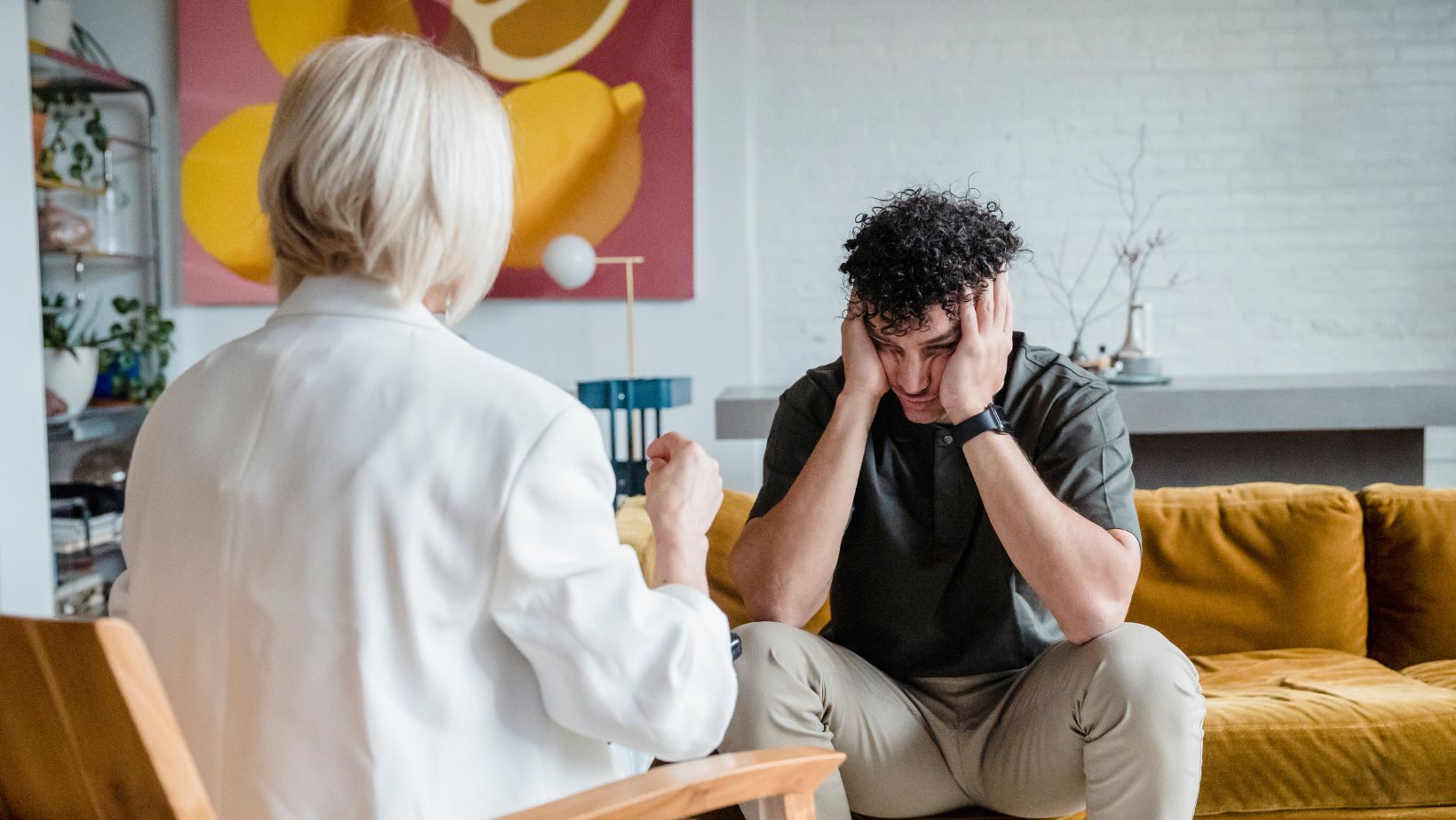Feeling stressed and having trouble sleeping? Cupping therapy offers a natural solution for these common problems. This ancient healing method, now available in Singapore, uses special cups to create suction on the skin, helping to relieve tension and promote relaxation.
Cupping therapy works by improving blood flow, reducing muscle tension, and triggering the body’s natural relaxation response. Many clients report feeling calmer after just one session, with benefits often including deeper sleep and reduced anxiety. The treatment is generally painless, though it may leave temporary circular marks on the skin.
Singapore offers numerous clinics and wellness centers where trained practitioners provide professional cupping services. These specialists can customize treatments based on individual needs, whether someone is dealing with chronic stress, occasional sleep disturbances, or simply seeking a way to unwind in today’s fast-paced world.
Understanding Cupping Therapy
Cupping therapy is an ancient healing practice that uses suction cups on the skin to improve blood flow and relieve muscle tension. The treatment creates circular marks that fade over time as it draws stagnant blood to the surface.
History of Cupping Therapy
Cupping therapy dates back over 3,000 years with roots in ancient Egyptian, Chinese, and Middle Eastern cultures. The earliest record appears in the Ebers Papyrus, an Egyptian medical text from 1550 BCE. In traditional Chinese medicine, cupping became a standard treatment by 300 CE. Practitioners used it to balance qi (life force) and remove toxins from the body.
Throughout history, various materials were used for cups, including animal horns, bamboo, pottery, and glass. The practice spread along the Silk Road to Europe, where Hippocrates incorporated it into Greek medicine around 400 BCE.
Today, cupping has evolved while maintaining its core principles, gaining popularity in Western countries after athletes like Michael Phelps showcased the distinctive circular marks during the 2016 Olympics.
Types of Cupping Techniques
Dry Cupping: The most common form where cups create suction on the skin without breaking it. Practitioners leave cups in place for 5-15 minutes.
Wet Cupping: Involves making small incisions in the skin before applying cups to draw out small amounts of blood. This technique is less common in modern practice.
Flash Cupping: Cups are quickly placed and removed in succession, creating a massage-like effect with gentle stimulation.
Moving Cupping: Practitioners apply oil to the skin and glide cups across affected areas, combining the benefits of massage and cupping.
Fire Cupping: The traditional method where heat creates vacuum pressure. A cotton ball soaked in alcohol is ignited, briefly placed in the cup, and removed before applying to the skin.
Modern options include silicone cups that can be squeezed to create suction, making the practice more accessible for home use.
The Science Behind Cupping and Stress Relief
Cupping therapy works by increasing blood circulation to targeted areas. The suction expands blood vessels, which may reduce inflammation and muscle tension. Research shows cupping triggers a mild immune response that can help heal tissue. The therapy stimulates the parasympathetic nervous system—our “rest and digest” mode—countering the stress response.

When cups are applied, they activate pressure receptors that send signals to the brain to release endorphins. These natural painkillers help reduce anxiety and promote relaxation.
A 2018 study published in the Journal of Alternative and Complementary Medicine found that cupping significantly reduced anxiety scores in participants. The physical sensation also creates a mindfulness effect as attention shifts to bodily sensations. For sleep improvement, cupping releases physical tension that often prevents deep relaxation necessary for quality sleep. The therapy’s ability to reduce cortisol (stress hormone) levels may explain its effectiveness for stress-related insomnia.
Cupping Therapy in Singapore
Cupping Therapy in Singapore offers many options, with trained practitioners available across the island. This traditional treatment has gained popularity for stress relief and sleep improvement among locals and expatriates alike.
Selecting a Reputable Cupping Practitioner
When choosing a cupping therapist, qualifications matter most. Look for practitioners with formal training and certification in Traditional Chinese Medicine (TCM) or cupping therapy specifically. Many reputable practitioners work in established TCM clinics, wellness centers, or specialized cupping studios. These facilities typically display their credentials prominently.
Before booking, check online reviews and ask about the practitioner’s experience. Most quality providers in Singapore have websites showing their qualifications and treatment approaches.
Consider asking these questions:
- How long have they practiced cupping therapy?
- What type of cupping do they perform (fire, air, wet, or dry)?
- Do they have experience treating sleep issues and stress?
Price ranges vary from $50-150 per session depending on location and practitioner expertise.
What to Expect During a Cupping Session
A typical cupping session lasts 30-60 minutes. The practitioner begins with a brief consultation to understand specific concerns related to stress or sleep issues. Patients usually lie face down on a treatment table. The therapist applies oil to the skin before placing cups on targeted areas, commonly the back, shoulders, and neck.

For fire cupping, the practitioner briefly inserts a flame into each cup to create suction before placing it on the skin. With air cupping, a hand pump creates the vacuum effect. The cups remain in place for 5-15 minutes. Most people experience a tight pulling sensation that typically isn’t painful.
Some practitioners combine cupping with other therapies like acupuncture or massage for enhanced results.
Post-Session Care and Tips for Better Sleep
After cupping, circular marks often remain for 3-7 days. These marks are normal and not cause for concern. Practitioners recommend drinking plenty of water to help flush toxins released during treatment.
Avoid showering for at least an hour after the session. Many therapists suggest gentle stretching and avoiding strenuous exercise for 24 hours.
For improved sleep results, some practitioners recommend:
- Having sessions in the early evening
- Combining cupping with a bedtime routine
- Applying cups to specific meridian points that influence sleep
Follow-up sessions are typically scheduled weekly for 4-6 weeks, then monthly for maintenance. Many patients report sleep improvements after 2-3 sessions. Some practitioners provide complementary herbal teas or supplements to enhance relaxation effects between sessions.
